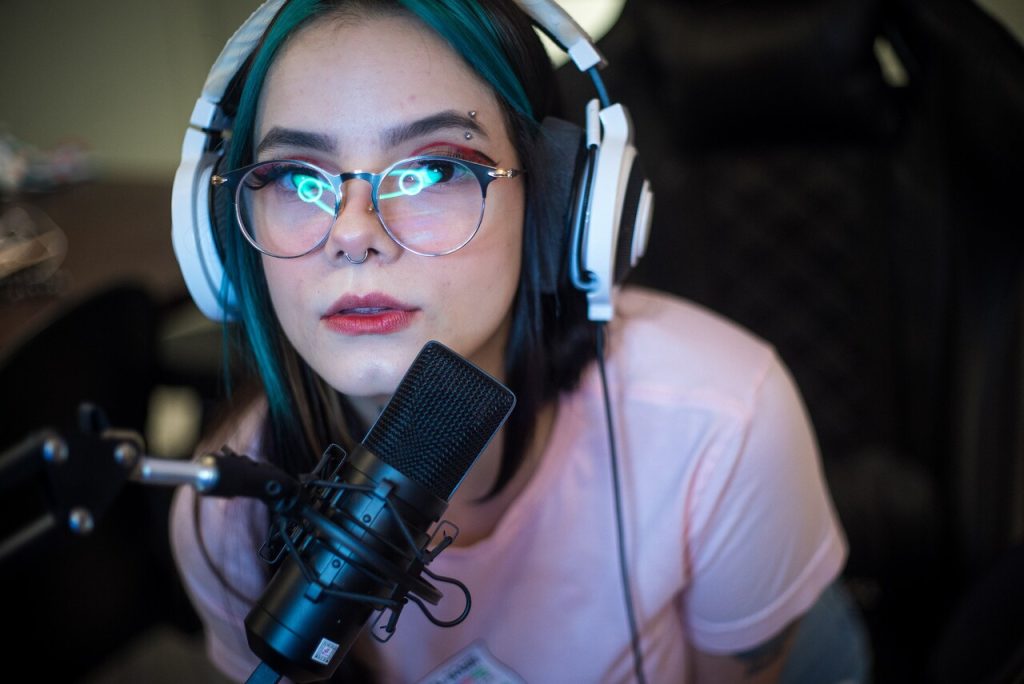
The flashing lights, thunderous cheers and million-dollar sponsorships of esports may give the illusion of a lucrative industry, but behind the screens lies a harsh reality — the struggle to turn a profit.
Over the last twelve months, difficult financial conditions have led some teams to conduct layoffs, to drop certain projects, or to collapse altogether. A more challenging environment has led organisations to search for an alternative source of revenue: today, almost all large teams field an influencer roster in addition to their competitive teams.

G2 Esports, for example, has seven non-competitive creators on its books. The team recognises that its own social media channels are insufficient to deliver valuable exposure for its partners, and relies on a vast array of streamers and online personalities to supplement it.
Jakub Janaszek, General Manager of Streamcoi, thinks that teams with large influencer rosters could be doing even better. “Esports teams work with large brands: Samsung, Adidas, Logitech, very often. These partners come to esport teams and offer them an additional budget for some special campaign, but often they only do simple activations instead of coming up with creative ideas connected with content creation. Without the right tools, it’s difficult.”
Streamcoi’s pitch to esports companies is to enable them to squeeze added value from opportunities like this. Among other things, its tool allows clients to instantly update stream overlays to promote specific campaigns for their partners. It can deliver specific ads to viewers for black Friday deals, 24-hour activations, and even cross-promote the team’s match times.
The tool was able to help FURIA during a three-day Black Friday activation last year that saw 21 streamers instantly carrying information about its merch deal without having to contact them individually. The tool displayed ads about the discounts throughout the period and also tracked other metrics like engagement and viewership. In a very short time, the campaign generated over 200,000 views and 1400 clicks.
Streaming drives engagement
Janaszek believes teams can look for revenue opportunities like this that don’t rely on the competitive success of their esports outfit. “According to a Stream Hatchet report, esports viewership accounts for a relatively small percentage of the total views of top teams, around 25%. The rest is about content creation, live streaming.”
There is a serious point that, even in franchised leagues, a less competitive team will reach fewer eyeballs than a winning team. Streamers don’t carry the same uncertainty.
Streamers are also looking for alternative ways to monetise, and for them, Streamcoi has delivered in two key ways. Firstly, it has allowed agencies with large streamer rosters to coordinate campaigns without forcing streamers to fiddle endlessly with complicated stream settings. The process involves one confirmation with Streamcoi’s tool, and nothing else.
Secondly, Streamcoi has enabled streamers to hoover up revenue from co-steams. Riot Games used Streamcoi for its European Team Fight Tactics tournament earlier this year by activating branding on co-streamers’ channels. The tool meant that Riot’s partners did not lose out if a streamer swapped view just as ads began, and also enabled streamers to benefit from the higher viewership that generally comes with participation in prolific tournaments.

Difficulties with scale?
Tournament organisers are faced with a different challenge. Esports events with competitive teams frequently demand expensive additions like physical venues and a small army of engineers, player management, and admins to keep events running smoothly. By running more casual online events with streamers, event organisers could give sponsors the engagement with fans they need at a fraction of the setup cost.
For a Doritos-sponsored tournament, esports agency GG League was faced with the gargantuan task of simultaneously pushing branding to 52 streamers. Instead of sharing assets and guidelines with each streamer individually, it used Streamcoi to add the branding, and managed the tournament’s sponsor campaign from one panel. Streamcoi’s analytics system was able to add further value for sponsors by screenshotting each point when the branding displayed, and recording exact viewership data at the same time.
In a world where esports teams struggle to turn a profit from historic revenue sources, the solution may lie in delivering more value for their sponsors through influencers. By enabling teams to instantly update overlays and deliver specific ads to viewers, Streamcoi is helping esports companies to maximise the value of their partnerships.
And it’s not just teams that are benefiting — streamers and tournament organisers are also using the platform to monetise their content and engage with fans. As the esports industry continues to develop, Streamcoi’s innovative approach could be the key to unlocking its full potential.
Supported by Streamcoi
